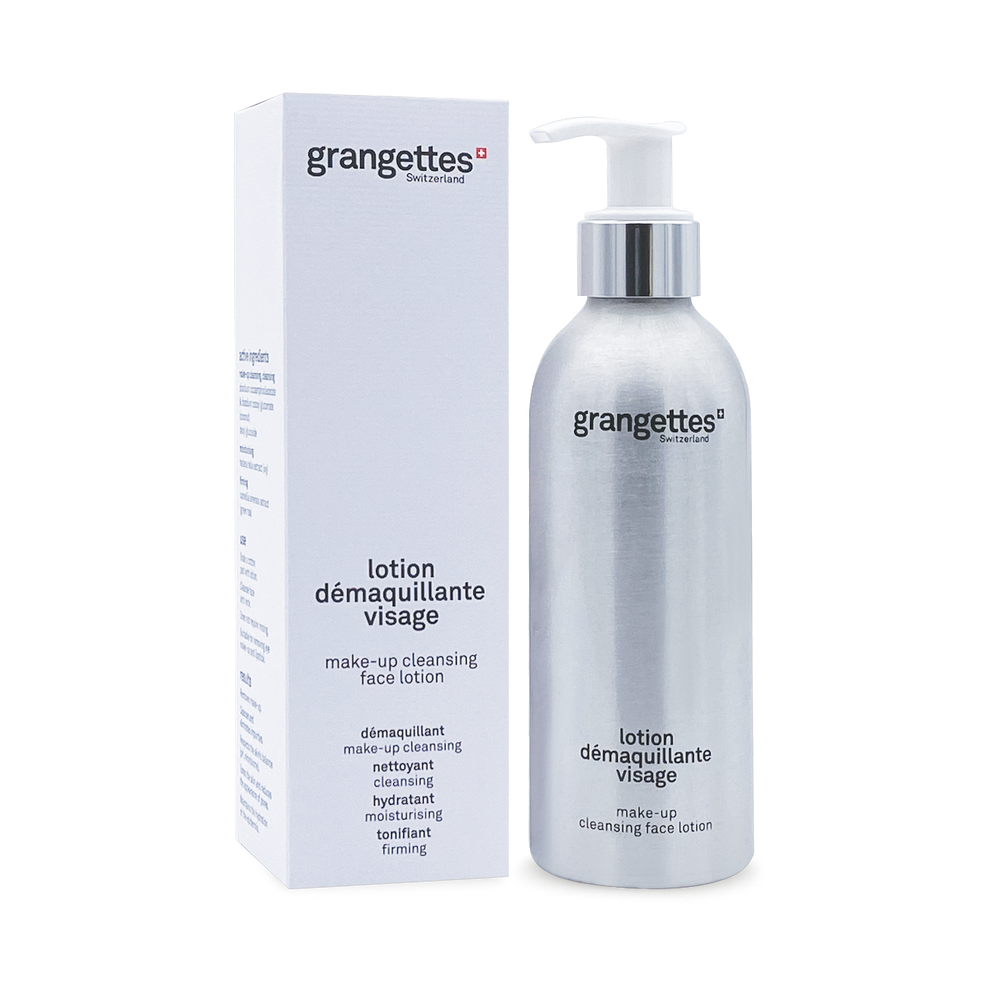What you need to know about ivy
ivy (known as common ivy or climbing ivy), Hedera helix, is a plant in the Araliaceae family, which is cultivated in many parts of the world as an ornamental plant.
It is a woody perennial plant with evergreen leaves, which has a long creeping or climbing stem that can reach a length of 30 m. When old, the stems can reach a diameter of over 10 cm.
The leaves are persistent and give off a strong odor when crushed. The fruit is green, turning purplish/black when mature and contains 2 to 5 seeds.
Its leaves and berries have long been used for medicinal purposes:
- Ivy has long been used against colds, coughs and to calm acute and chronic bronchial conditions. The leaves were used as an analgesic and the leaves and berries were consumed orally as a bronchial thinner to relieve coughs;
- The boiled leaves of Hedera helix were applied to the affected part of the body, in order to fight ringworm, scabies and worms;
- Used topically, it acted as a soothe and protector in the treatment ofcracks, chapped skin, abrasions, and insect bites.

What are the benefits of ivy?
Ivy against cellulite
ivy is rich in lipolytic active ingredients. It is thus renowned for itsdraining action,because it helps to remove fatand to fight againstcelluliteby eliminatingdeposits greasy. Therefore, ivy extract helps to restorefirmnessandelasticityto the skin.
Regular use of climbing ivy can improve the appearance of cellulite by boosting microcirculation. This plant can also reduce the risk of water retentionat the origin of watery cellulite and can help calm the irritation induced by encrusted cellulite.
Ivy soothes sensitive and irritated skin
Ivy extract contains saponosides: they soothe superficial cuts and burns, reduce inflammation and calm skin conditions.
Ivy relieves itching
If you have itchy skin and scalp, ivy extract will appeal to you with its soothing properties. It instantly relievesitching,cleans the skin and relieves inflammation.
What skin types is ivy ideal for?
Ivy is particularly recommended for normal and combination skin, but is also suitable for oily, sensitive or very dry skin .
This plant is ideal for skin prone to redness and itching. It is also interesting for the body, in order to fight against cellulite and orange peel skin.
Dry skin , which needs to be softened, will also be seduced by the hydrating benefits of ivy.

In which cosmetic products can ivy extract be found?
Since it has remodeling properties, ivy is often used in slimming treatments, such as body milks, serums, scrubs, macerates. Used in massage on the buttocks and thighs, ivy macerate provides draining properties and reduces the orange peel appearance.
To prepare an anti-cellulite macerate, macerate a few cut or crushed ivy leaves in a little natural vegetable oil, for around ten days. Then filter the macerate and apply it every day to the areas affected by cellulite (thighs, buttocks, legs), massaging.
It is also possible to prepare an anti-cellulite poultice: to do this, boil 100 g of ivy leaves in 500 ml of water, then add a little powdered green clay. Apply the preparation to the affected areas, leave for about 20 minutes, then rinse with clean water.

Grangettes Switzerland and the ivy
At Grangettes Switzerland , we have chosen to use ivy in our facial makeup remover lotion . In one gesture, it cleanses , hydrates and soothes the skin. Thanks to ingredients derived from coconut, this makeup remover treatment effectively removes makeup and impurities, leaving your skin perfectly clean and fresh.
Enriched with ivy extract for hydration, this treatment keeps your skin soft and supple after each use. Green tea extract, for its part, tones and revitalizes the skin!
- Regular price
- CHF 29.00
- Regular price
- Sale price
- CHF 29.00
- Unit price
- per





